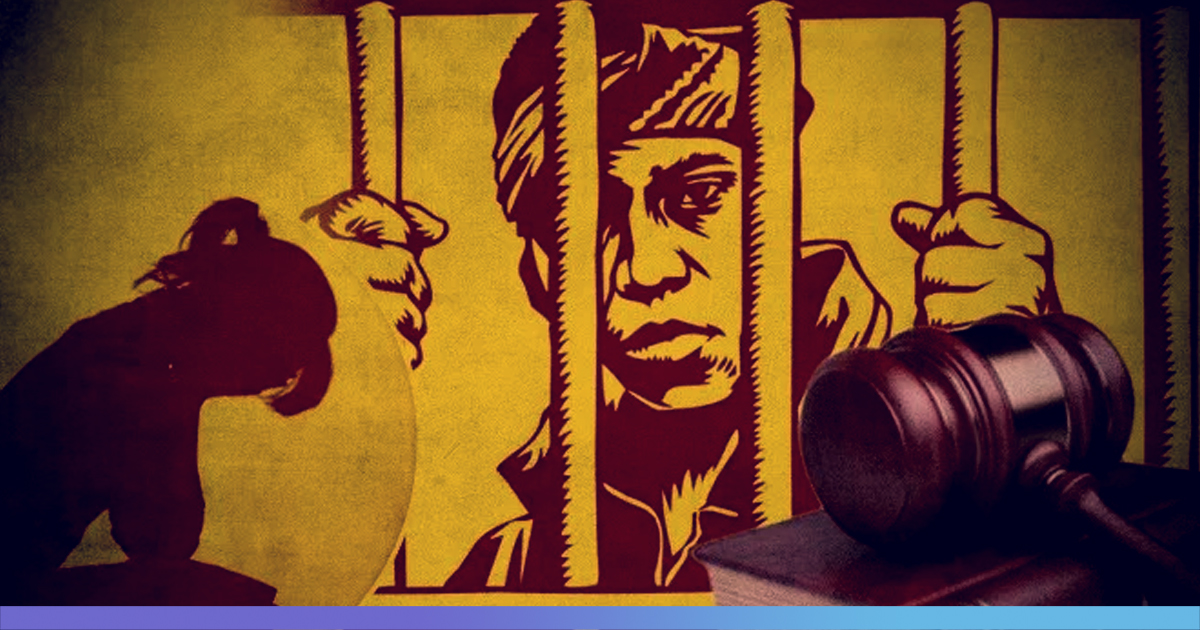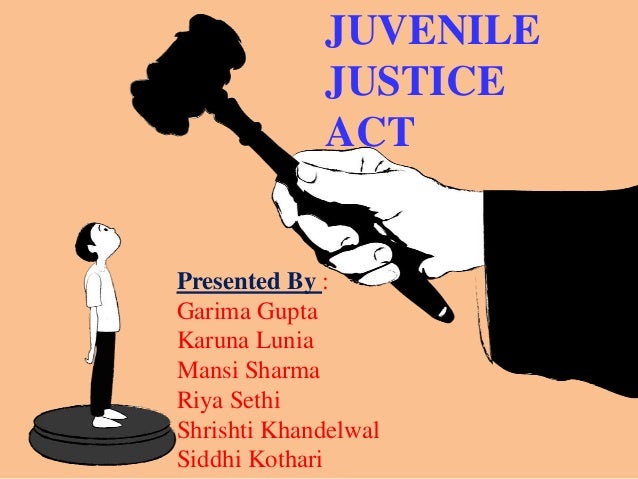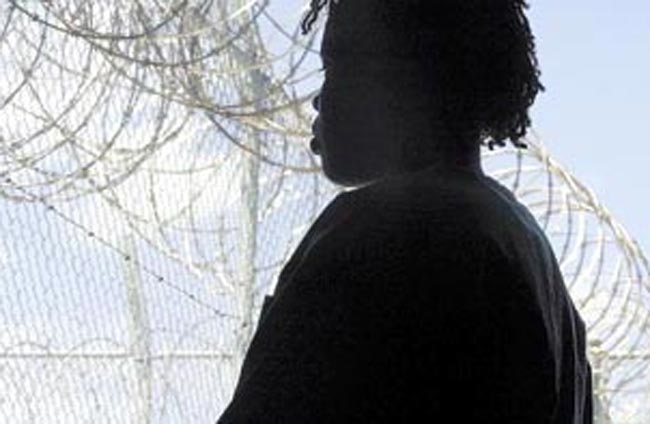
(These data do not include the 653 people under 18 in prisons at year-end 2019 3 or the estimated 2,900 people under 18 in jails at midyear 2019. Juvenile facilities, including 1,510 detention centers, residential treatment centers, group homes, and youth prisons 2 held 36,479 youths as of October 2019. In 2015, Black youth’s incarceration rate was 5.0 times as high as their white peers, an all-time peak. This is an option that is not generally available to adults in criminal cases.Black youth are more than four times as likely to be detained or committed in juvenile facilities as their white peers, according to nationwide data collected in October 2019 and recently released. The juvenile would need to show that the change would be appropriate for their needs and best interests. They also may ask the judge who issued the order to modify it if their situation changes. A violation of probation may lead to a sentence of incarceration, although this is not guaranteed.Ī juvenile has a right to appeal a disposition order, similar to an appeal by an adult from a criminal sentence. The judge will review the situation and determine whether to revoke probation. Then, the probation officer will file a violation of probation notice with the court. If the juvenile’s parent or guardian discovers that they have violated a term of probation, they are required to inform the probation officer. The juvenile will meet with a probation officer at regular intervals to verify that they are meeting the terms of probation. If the juvenile lives with their parents or a guardian, they will be responsible for helping the juvenile meet the terms of probation. Some potential conditions of probation include curfews, educational programs, treatment programs, counseling, community service, and restrictions on other juveniles with whom the delinquent juvenile can associate. These may be specific to the circumstances of the case. Judges have considerable discretion to set the terms of probation. Probation is perhaps the most common penalty in the juvenile justice system. These programs tend to incorporate counseling, job training, and other rehabilitative services aimed at improving an offender’s situation rather than simply punishing them. Some states offer juvenile justice programs as an alternative sentencing option. If the juvenile has a clean record and has only committed a minor crime, a judge even may let them go with a verbal reprimand. They may order the juvenile to pay a fine or restitution, complete a counseling program, complete community service, or wear a wrist or ankle bracelet that tracks their location.

Judges in juvenile courts often feel that penalties other than incarceration will better serve the purpose of rehabilitating the juvenile. This means that they are sentenced to juvenile detention initially and then transferred to an adult jail or prison once they reach the age of majority.


If they are near the age of majority when they commit a serious crime, they may receive a blended sentence. In some unusual cases, a juvenile may be sentenced to spend time in a regular jail or prison. If a juvenile has committed a more serious crime, a judge may sentence them to a longer period of incarceration in a secured juvenile facility. A judge also may order a juvenile to spend a short period in a juvenile detention facility, possibly followed by a period of probation. Often, incarceration will consist of house arrest or placement with a different relative or in a foster home.

Even if a juvenile receives a sentence that involves incarceration, this is usually not the same as an adult criminal defendant being sentenced to prison. Sometimes they will sentence the juvenile to a period of incarceration, but probation and other more lenient options are common. A judge can sentence a juvenile who has been found to be delinquent by issuing a disposition order.


 0 kommentar(er)
0 kommentar(er)
